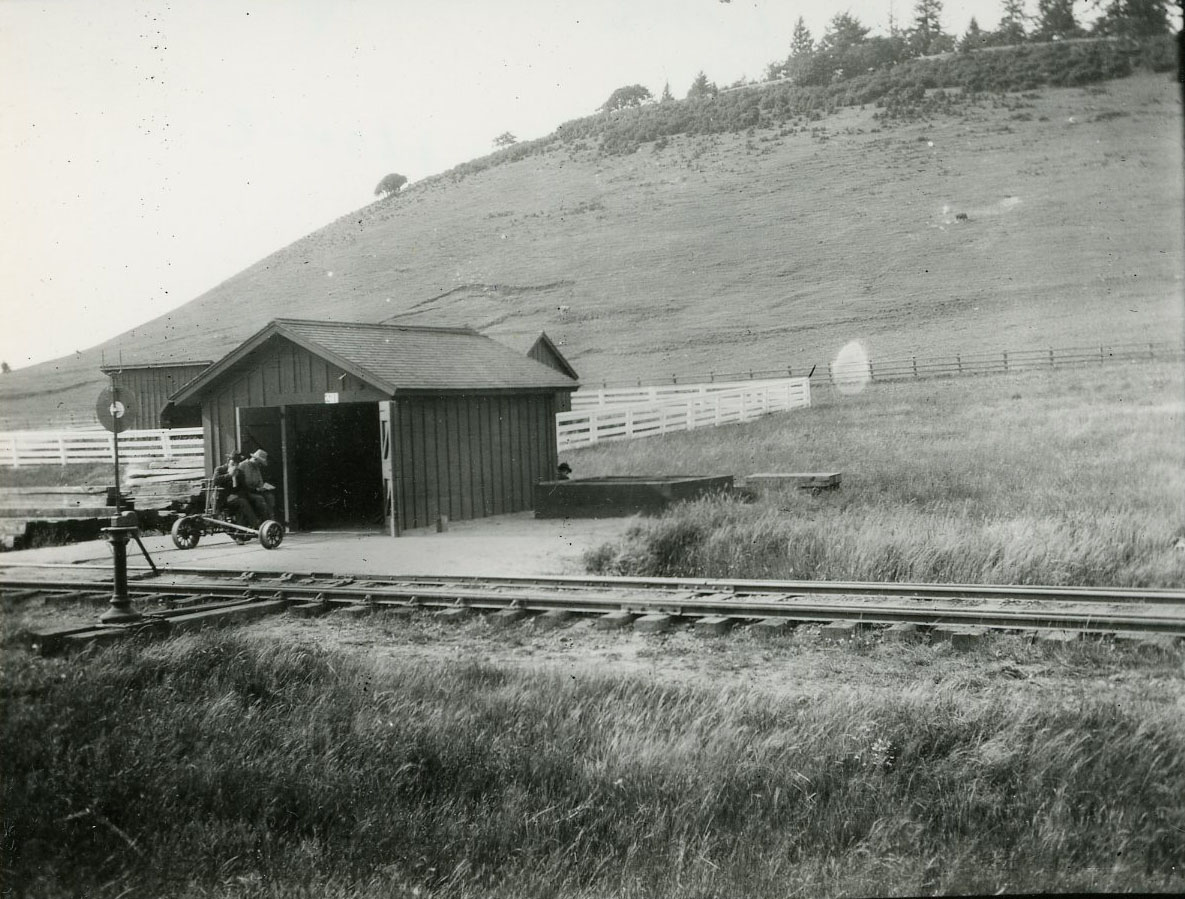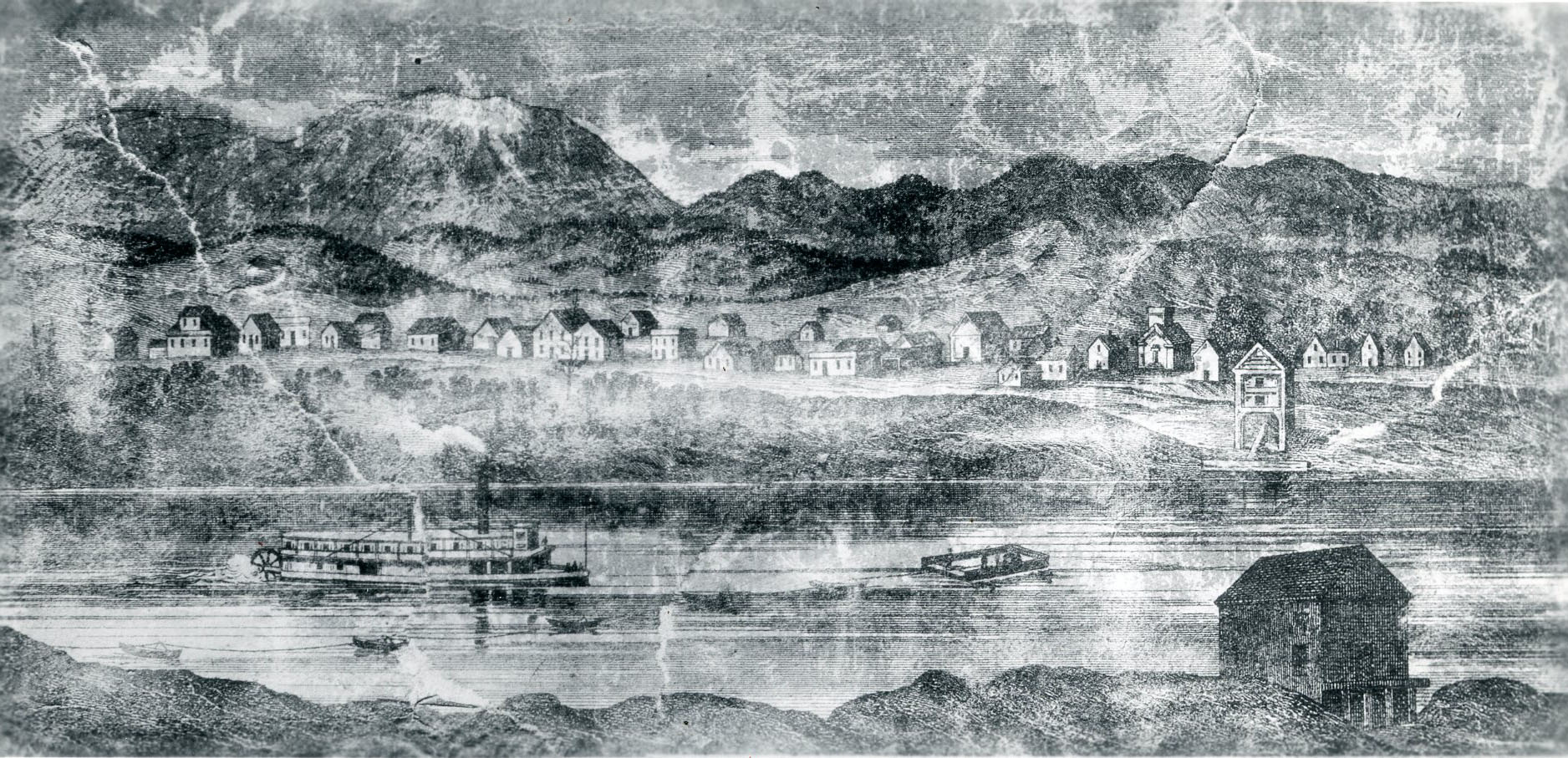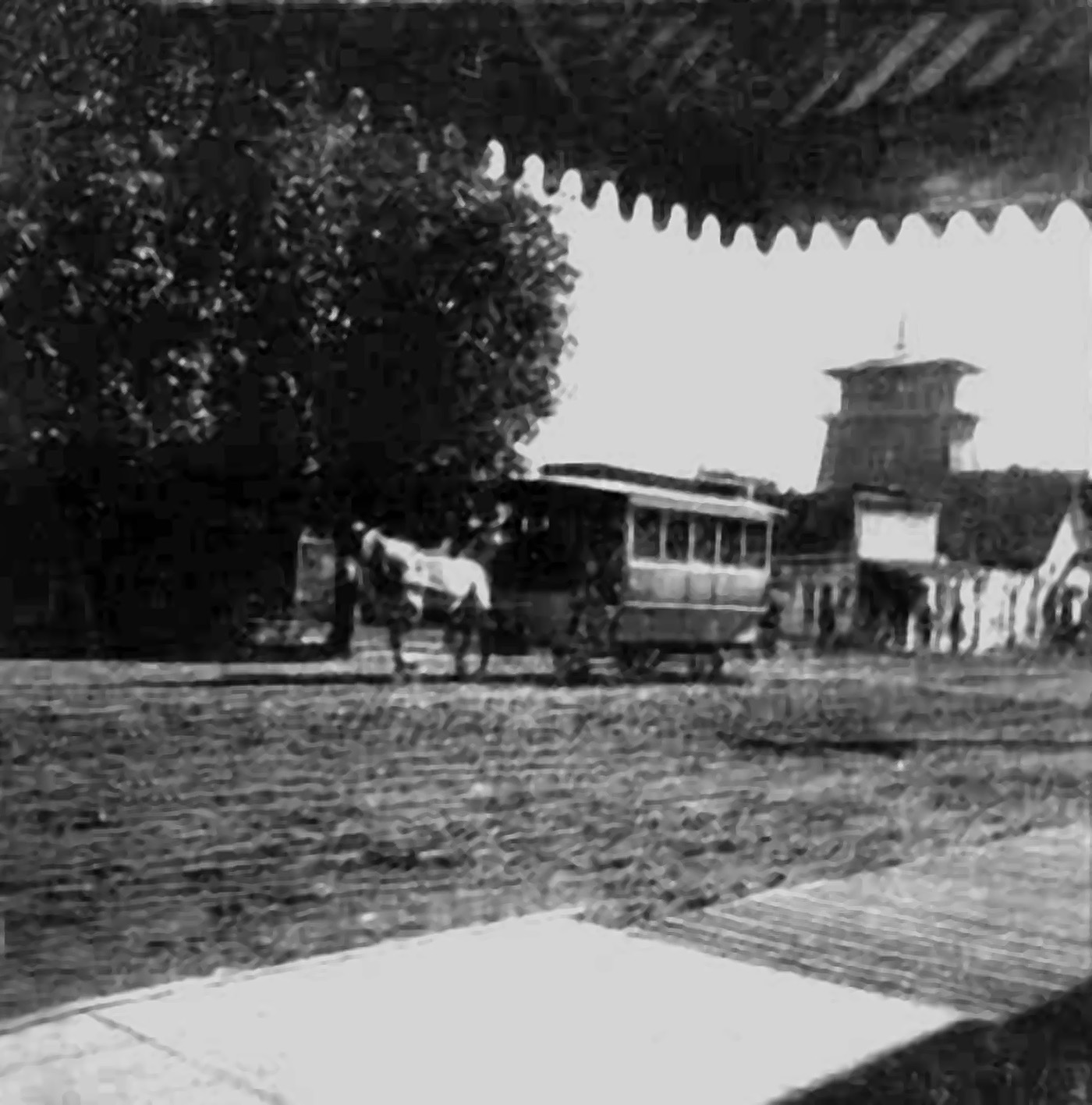Built in the 1870s by T. Egerton Hogg in a fit of over-opportunistic boosterism, the Oregon Pacific Railroad (which later became the Corvallis and Eastern Railroad) claimed to be Oregon’s first transcontinental connection. Linking Yaquina Bay with Boise, Idaho, Hogg’s railroad promised to cut 225 miles off the trip from San Francisco to the inland Northwest by slicing through the Cascade Mountains. Bypassing Portland, it would also siphon traffic from the Willamette Valley.
Hogg sunk $5 million into building the line from Yaquina Bay through Corvallis and up the Santiam River to the base of the Cascades. The Oregon Pacific opened to traffic in 1884, but the entrance to Yaquina Bay proved overly shallow and the company wrecked two steamships crossing the harbor mouth. In 1890, the Oregon Pacific defaulted on its bonds and plunged into receivership.
In 1894, Montana businessman Andrew B. Hammond picked up the railroad for $100,000 at a sheriff’s auction. He and his partners reincorporated the railroad as the Oregon Central and Eastern Railroad and capitalized it at $3 million. Profits from the line, however, proved as illusive for Hammond as they had for Hogg. Other than providing a quick access from Albany to the coast, the Oregon Central and Eastern went nowhere, dead-ending in Detroit, Oregon. Ninety percent of the railroad’s traffic came from Hammond’s Curtiss Lumber Company in nearby Mill City. With only half the locomotives in operating condition and the line badly in need of repairs, the chief value of the railroad lay in its potential.
To inflate the worth of the railroad, Hammond engaged in a corporate shell game. In 1897, he dissolved the Oregon Central and Eastern and reincorporated it as the Corvallis and Eastern with a dummy board of directors. After selling substantial stock to railroad financiers Henry Huntington and Thomas Hubbard, Hammond announced that he would pump $10 million into finishing the railroad, pushing it through the Cascades and into eastern Oregon and connecting with the Oregon Short Line.
The ploy to promote the railroad’s value succeeded, and in 1907 Hammond sold the railroad to the Southern Pacific for $1.4 million, a 1,400 percent gain over his original investment. Hammond's investors also profited handsomely and continued to back his enterprises, notably, the Hammond Lumber Company.
The Southern Pacific eventually dropped the expansion plans and absorbed the Corvallis and Eastern as a branch line. With the increase in automobile traffic, the tourist traffic to the coast fell off and for the rest of the twentieth-century the line was used primarily to ship lumber from Toledo to Corvallis.
In the 1990s, Southern Pacific abandoned, sold, and leased various sections of the line. Currently, a small Oregon company operates the Albany and Eastern line from Mill City to Lebanon, and the Portland and Western owns the line from Albany to Toledo.
-
![]()
Corvallis & Eastern line section house and handcar near Knox Butte.
Courtesy Oregon Hist. Soc. Research Lib., 0328N241
-
![]()
Southern Pacific "wood burner".
Courtesy Oregon Hist. Soc. Research Lib., 9880065
-
![]()
Southern Pacific depot, Corvallis, c. 1917.
Courtesy Oregon Hist. Soc. Research Lib., bc0054154
-
![]()
Southern Pacific engine #1358, Corvallis, c.1915.
Courtesy Oregon Hist. Soc. Research Lib., 11150
Related Entries
-
![Corvallis]()
Corvallis
Nestled on the west side of the mid-Willamette River, Corvallis is domi…
-
![Corvallis streetcar system]()
Corvallis streetcar system
On December 17, 1889, a group of real estate developers, led by Zephen …
Map This on the Oregon History WayFinder
The Oregon History Wayfinder is an interactive map that identifies significant places, people, and events in Oregon history.
Further Reading
Gordon, Greg. “Economic Phoenix: How A. B. Hammond Used the Depression of 1893 and a Pair of Defunct Oregon Railroads to Build a Lumber Empire,” Oregon Historical Quarterly 109:4 (Winter 2008), 598-620.
Palmer, L. Steam Toward the Sunsets. Newport, Ore.: Lincoln County Historical Society, 1982.
Scott, Leslie. “The Yaquina Railroad,” Oregon Historical Quarterly 16:3 (1915).









